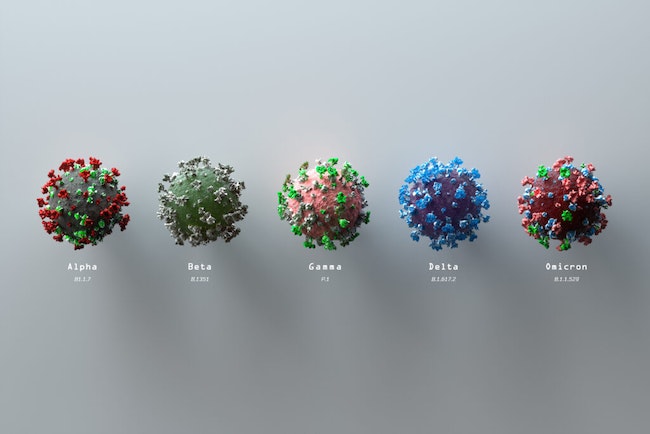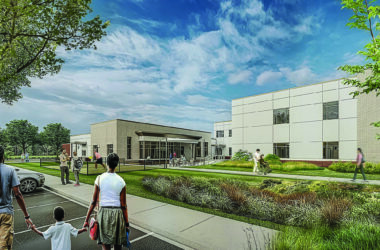 Covid variants
Covid variants
With cases and hospitalizations forecast to peak in June, the Omicron variant has been dubbed a “stubborn adversary” to that of its predecessor as it spreads around the state.
Dean Sidelinger, health officer and state epidemiologist at the Oregon Health Authority, last week highlighted the latest data trends, showing increased disease transmission and cases.
He relayed what no one wants to hear: we’re not done with Covid yet.
“Our state and national trends all tell us significant disease transmission is occurring … These developments tell us that the pandemic is not over,” Sidelinger said.
Sidelinger said that if you’re going to be in a group of people, exposure is inevitable.
“If you’re in a gathering of people outside your home, sooner or later you will be exposed to the virus,” Sidelinger said. “This could be where you worship, where you work, where you recreate, where you shop, or where you connect with friends and family.”
In the past month, test positivity has risen from 7% to 11.4% and the daily reported case counts have more than doubled — from a rolling seven-day average of 600 cases a day in April to 1,350 reported in May. Sidelinger said those numbers are likely higher, as most cases are not being reported to public health, as people are testing from home or not testing at all.
A slowing of the increase in reported cases also indicates the state is heading for its peak. The number of COVID-19-positive patients in Oregon’s hospitals will peak at 321 around June 10, according to modeling from Oregon Health & Science University and the team led by Dr. Peter Graven.
The good news is those numbers are less than a third of that experienced during the Delta and Omicron waves, Sidelinger said, noting a peak of 1,178 on Sept. 1 and 1,130 patients in late January. Further, Sidelinger said that OHA is optimistic that the number of Oregon’s hospitalized patients with COVID-19 will not exceed the hospital systems’ capacities.
As far as protocols, the state will continue maintaining measures of state vaccination requirements for those working in health care settings, congregate care settings and K-12 schools, and mask requirements for health care and long-term care settings.
Evidence suggests existing vaccines and the level of vaccination and previous exposure to the virus still provide significant protection to prevent severe illness for most people, Sidelinger said, though residents at high risk will still face “greater challenges, even if they have been vaccinated and boosted.”
“Those with underlying medical conditions or who are immunocompromised should consider contacting their health care providers now to make a plan to get tested and receive treatment – should they become ill,” Sidelinger said, encouraging residents with high risk factors to minimize indoor social gatherings.
We recommend wearing masks in these social settings, and choose the highest quality mask that fits them well.
Medication is available in many pharmacies and clinics for treatment of COVID-19 in people at increased risk for severe illness, Sidelinger said.
Treatment should start within five days of symptom onset to be effective. Find out where to get those medications at tinyurl.com/ytr6bfcp.







